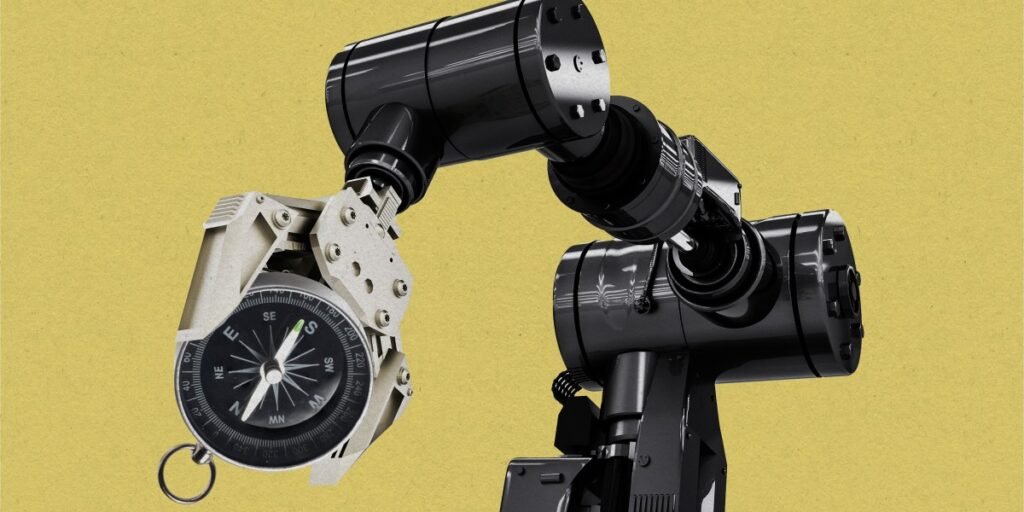These fashions had been deployed on Stretch, a robotic consisting of a wheeled unit, a tall pole, and a retractable arm holding an iPhone, to check how efficiently they had been in a position to execute the duties in new environments with out extra tweaking. Though they achieved a completion fee of 74.4%, the researchers had been in a position to improve this to a 90% success fee once they took photographs from the iPhone and the robotic’s head-mounted digital camera, gave them to OpenAI’s current GPT-4o LLM mannequin, and requested it if the duty had been accomplished efficiently. If GPT-4o mentioned no, they merely reset the robotic and tried once more.
A big problem going through roboticists is that coaching and testing their fashions in lab environments isn’t consultant of what may occur in the actual world, that means analysis that helps machines to behave extra reliably in new settings is way welcomed, says Mohit Shridhar, a analysis scientist specializing in robotic manipulation who wasn’t concerned within the work.
“It’s good to see that it’s being evaluated in all these various properties and kitchens, as a result of if you may get a robotic to work within the wild in a random home, that’s the true objective of robotics,” he says.
The venture may function a basic recipe to construct different utility robotics fashions for different duties, serving to to show robots new abilities with minimal additional work and making it simpler for individuals who aren’t skilled roboticists to deploy future robots of their properties, says Shafiullah.
“The dream that we’re going for is that I may prepare one thing, put it on the web, and you must be capable of obtain and run it on a robotic in your house,” he says.

